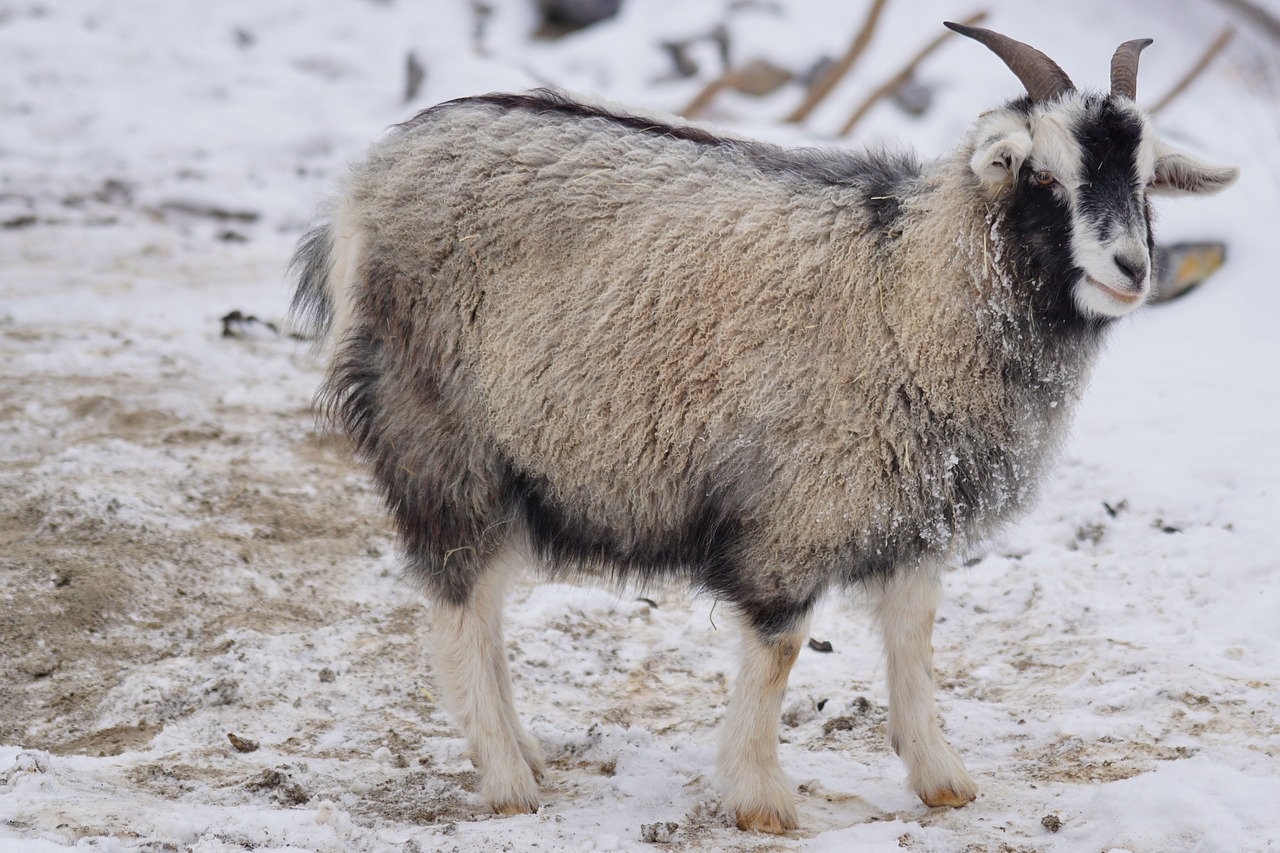
What to Look for When Buying a Cashmere Jacket: Quality Indicators
Cashmere is synonymous with luxury, warmth, and softness. When it comes to outerwear, a cashmere jacket is a staple piece that offers timeless elegance. However, not all cashmere jackets are created equal, and knowing how to identify quality is key to making a worthy investment. Whether you're new to the world of cashmere or a seasoned buyer looking to upgrade your wardrobe, it’s essential to understand what to look for when buying a cashmere jacket.
This guide will walk you through the essential quality indicators you should consider before purchasing a cashmere jacket. By the end of this article, you’ll have a thorough understanding of what makes a cashmere jacket exceptional and how to avoid common pitfalls when shopping.
Why Cashmere is So Coveted
Before diving into the quality indicators, it’s important to understand why cashmere is such a prized material. Cashmere is derived from the soft undercoat of cashmere goats, typically found in the cold climates of Mongolia, China, and Afghanistan. The fibers are incredibly fine and lightweight, yet they offer warmth up to eight times more insulating than regular wool. The rarity of cashmere, coupled with its luxurious softness and durability, makes it one of the most sought-after textiles in the fashion industry.
1. The Origin of the Cashmere
The first factor to consider when evaluating the quality of a cashmere jacket is the origin of the fibers. The geographic location where the cashmere is sourced plays a significant role in its quality.
Mongolian vs. Chinese Cashmere
Mongolia and Inner Mongolia (a region in China) are the two leading producers of high-quality cashmere. The harsh climate in these regions forces goats to grow a thicker, finer undercoat, which is the part of the fleece used for cashmere. Cashmere sourced from these regions is often of the highest quality, featuring long, fine fibers that contribute to a softer and more durable product.
- Mongolian Cashmere: Known for its long fibers and durability, Mongolian cashmere is often considered the gold standard. It’s less likely to pill (form small balls of fiber) and maintains its softness for years.
- Chinese Cashmere: Inner Mongolian cashmere is also top-quality, though sometimes cashmere from other parts of China can be of lower quality due to shorter fibers and different processing techniques.
When buying a cashmere jacket, check if the retailer discloses the origin of the cashmere. If it’s from Mongolia or Inner Mongolia, that’s a good sign of high-quality material.
2. The Length of the Fibers
One of the most crucial indicators of cashmere quality is the length of the fibers used in the garment. Cashmere fibers can range from very short to very long, and the length of these fibers affects the softness, durability, and resistance to pilling.
Why Fiber Length Matters
- Long Fibers: Cashmere jackets made from long fibers tend to be smoother, softer, and more durable. These fibers can be spun tightly, which results in a higher-quality fabric that resists pilling over time. Long fibers also create a more uniform fabric, enhancing the overall appearance and feel of the jacket.
- Short Fibers: Jackets made with short fibers may feel soft at first, but they are more prone to pilling and won’t hold up as well with wear. These jackets can also appear uneven or fuzzy over time, losing their smooth texture.
How to Tell if the Fibers are Long or Short
It can be difficult to determine fiber length just by looking at the jacket, but there are some indicators:
- Price: High-quality cashmere with long fibers is typically more expensive. If the price of the jacket seems too good to be true, it may be made with shorter, lower-quality fibers.
- Touch: Jackets made with long fibers will feel soft and smooth to the touch, while those made with shorter fibers may feel slightly rough or fuzzy.
3. The Thickness (Ply) of the Cashmere
The term "ply" refers to the number of yarns that are twisted together to make a piece of fabric. Cashmere jackets can be single-ply, double-ply, or even higher.
Ply and Quality
- Single-Ply Cashmere: Single-ply cashmere consists of one thread of cashmere yarn, making it lightweight and delicate. While single-ply garments can still be high quality, they may not be as durable as their thicker counterparts.
- Two-Ply Cashmere: Two-ply cashmere is made by twisting two threads of yarn together, resulting in a thicker, more durable fabric. This type of cashmere is generally softer and more resistant to pilling than single-ply.
- Higher Ply (3-Ply or More): While thicker fabrics made with more plies can offer additional warmth and durability, they may lose some of the softness that makes cashmere so luxurious. However, jackets with three-ply or higher may be ideal for colder climates.
When choosing a cashmere jacket, consider what you’ll be using it for. If you’re looking for something lightweight and elegant, a single or double-ply jacket may be the best choice. For more warmth and durability, opt for a higher ply.
4. The Weight of the Fabric
Cashmere jackets can come in a variety of weights, depending on the ply, fiber length, and how the yarn is spun. The weight of a cashmere jacket will determine how warm and durable it is.
Light-Weight Cashmere
Light-weight cashmere jackets are perfect for layering in milder climates or for wearing indoors. They tend to be more delicate, so they may not be as durable for everyday wear.
Medium-Weight Cashmere
Medium-weight cashmere jackets strike a balance between warmth and wearability. They are ideal for transitional weather and are usually more durable than their lightweight counterparts. A medium-weight cashmere jacket is versatile and can be worn in a variety of settings.
Heavy-Weight Cashmere
Heavy-weight cashmere jackets are thick, warm, and incredibly durable. These jackets are ideal for colder climates and outdoor wear. They may be more expensive, but their durability and insulation make them worth the investment.
5. Look for Tight, Even Knitting
When inspecting a cashmere jacket, pay close attention to the knitting or weaving. High-quality cashmere will feature tight, even stitches that form a smooth surface. Loose or uneven knitting can indicate a poorly made garment that may stretch, warp, or pill over time.
How to Spot Quality Knitting
- Evenness: Check that the fabric is uniform throughout the entire jacket, with no irregular patches or loose threads.
- Tightness: The tighter the knit, the more durable the fabric will be. Loosely knit cashmere is more prone to stretching and losing its shape.
- Finish: High-quality cashmere will have a smooth finish. If the fabric feels rough or coarse, it may not be pure cashmere, or it could be mixed with other fibers.
6. The Color and Dye Quality
The way a cashmere jacket is dyed can significantly affect its quality and appearance. Cheap dyes can fade or bleed, whereas high-quality dyes will enhance the richness of the cashmere without damaging the fibers.
Natural vs. Synthetic Dyes
- Natural Dyes: Cashmere dyed with natural pigments tends to retain its color longer and is less likely to cause allergic reactions. These dyes may also fade more gracefully over time.
- Synthetic Dyes: High-quality synthetic dyes can also be effective in creating vibrant, long-lasting colors. However, lower-quality synthetic dyes may cause the fabric to fade or develop an uneven color over time.
When buying a cashmere jacket, choose neutral or rich, deep colors, as they are more likely to have been dyed with care.
7. Look for Certifications and Labels
Reputable brands will often include certifications or labels that indicate the authenticity and quality of their cashmere products. Look for labels that verify the use of 100% cashmere, or other markers of quality such as:
- The Woolmark Label: This certification guarantees that the product is made from pure, new wool, including high-quality cashmere.
- The Cashmere and Camel Hair Manufacturers Institute (CCMI) Certification: This label ensures that the cashmere fibers are of high quality and have been ethically sourced.
8. Avoid Cashmere Blends
Some manufacturers blend cashmere with other fibers such as wool, silk, or synthetic materials to cut costs. While these blends can still produce a soft, warm fabric, they won’t offer the same luxurious feel and durability as 100% cashmere. If you’re looking for the best quality, always choose a jacket made from pure cashmere rather than a blend.
How to Spot a Cashmere Blend
- Price: Blended cashmere jackets are usually significantly cheaper than pure cashmere.
- Feel: Blends often lack the softness and warmth of pure cashmere, feeling slightly rougher or less lightweight.
9. The Price of the Jacket
While price isn’t always a definitive indicator of quality, it can give you a good idea of what to expect. A high-quality cashmere jacket will typically cost more due to the rarity of the fibers, the manufacturing process, and the quality control that goes into producing the garment.
Price Ranges for Quality Cashmere
- Low-End Cashmere ($100-$300): Be cautious with cashmere jackets priced on the lower end, as they are often made with shorter fibers or blended with other materials.
- Mid-Range Cashmere ($300-$800): In this range, you’ll find high-quality jackets made from long fibers, featuring tight weaves and durable construction.
- High-End Cashmere ($800 and Up): Luxury brands offer premium cashmere jackets at this price point, often using the finest fibers, advanced knitting techniques, and rich dyes.
Conclusion
When investing in a cashmere jacket, it's essential to focus on the quality indicators that set high-quality cashmere apart from lower-grade products. By paying attention to factors like the origin of the cashmere, fiber length, ply, knitting quality, and dye, you can ensure that your cashmere jacket is soft, durable, and worth the investment. Always be mindful of the price, look for reputable certifications, and avoid cashmere blends if you’re seeking true luxury. With the right care, a well-made cashmere jacket can be a timeless piece in your wardrobe that lasts for years to come.
